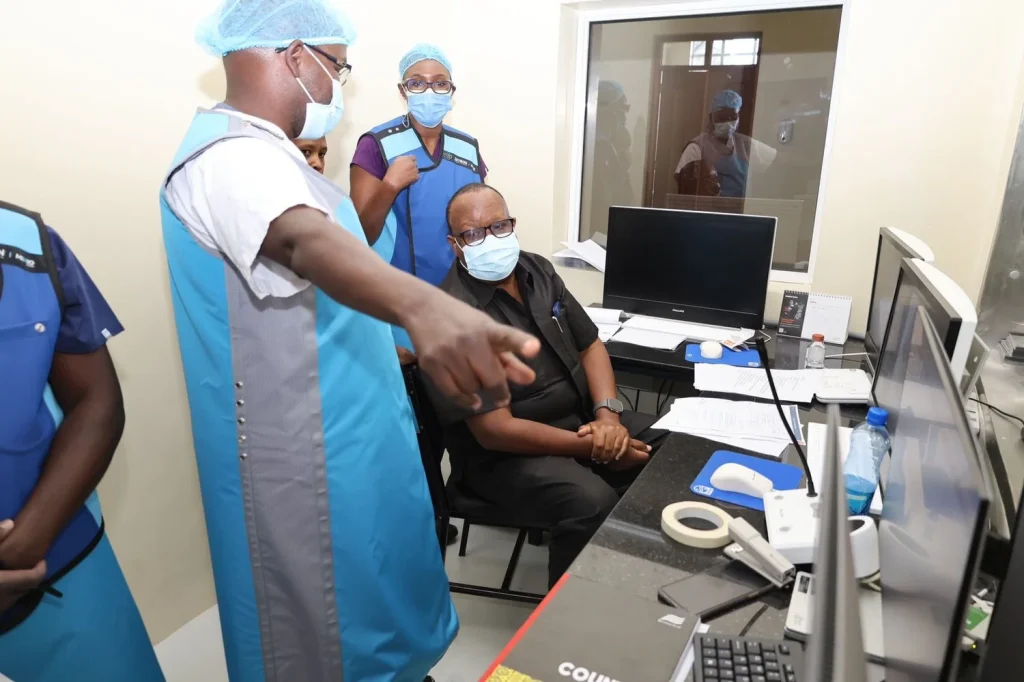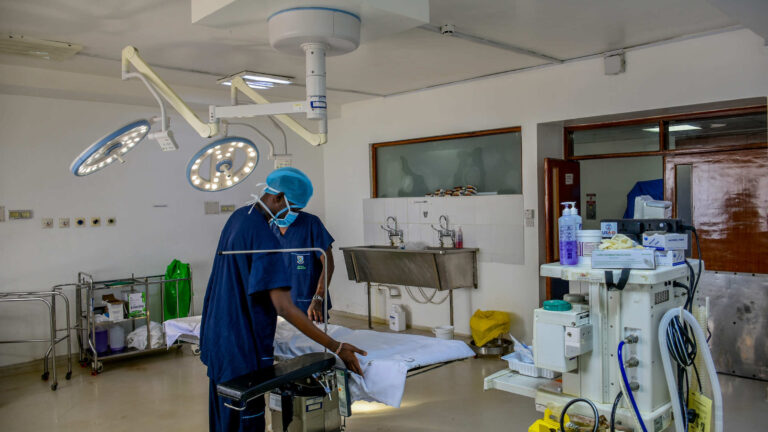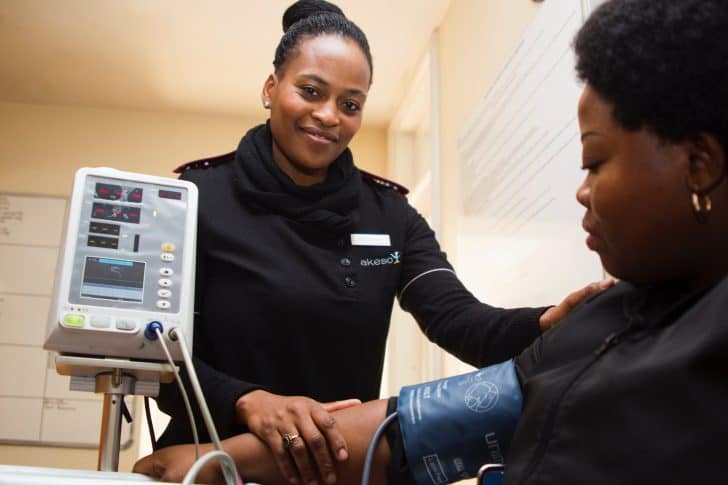Why Operational Visibility Matters for Patient Satisfaction
The Cost of Fragmented Care
Imagine walking into a hospital where every department seems to run on its own island. Pharmacy can’t see what radiology is waiting for, finance struggles to reconcile billing, and clinicians are left to re-explain the same information because the system doesn’t surface it in time. Patients notice this fragmentation. You may have seen it yourself: delays in care, confusing bills, and staff who appear more burdened by screens than focused on people.
Seeing the Patient Journey End-to-End with an Integrated Healthcare Information Management System
That is where operational visibility begins to matter. With an integrated healthcare information management system, leaders gain the ability to trace patient journeys end-to-end. You’re no longer looking at isolated snapshots but a living, connected picture of what is happening across wards, clinics, and back offices. Such visibility improves conditions across the whole facility, reducing administrative friction and empowering care teams to respond faster.

Small Moments, Big Impact
Think of an ideal care set up. A physician getting alerted that lab results are ready before the patient even returns from laboratory. A pharmacist seeing in real time that a medication has already been prescribed by the clinician. All small moments that add up. They shrink the bottlenecks before they escalate. And with your patient always staying ahead of the information, the shift in patient experience is outstanding.

Visibility Empowers Human Care
You might wonder, though, whether visibility alone guarantees satisfaction. Perhaps not. Patients also care about the tone of their interactions, about empathy at the bedside, and about being treated as individuals. Yet when systems hide critical information, even the most compassionate nurse will struggle to provide seamless care. Visibility does not replace human touch, but it gives staff the freedom and confidence to offer it.
The impact felt by the clinical team flows into administration – finance teams feel this shift as well. When you can streamline clinical workflows, duplicate entries and overlooked charges decline. That means fewer disputes and clearer bills. In hospitals that have adopted integrated healthcare management information systems, billing errors have been shown to drop by as much as 20–30%. With such improvements, it becomes easier to hold a conversation with patients about their financial obligations.
Building Patient Trust and Loyalty
Owners and directors often look beyond the day-to-day grind. Typically, they’d ask what kind of reputation is our hospital quietly building? If operational visibility reduces complaints and clears up billing disputes; if it helps staff appear more coordinated, then the long game is obvious. A patient might put it this way: ‘I didn’t have to explain my history three times; everyone already seemed to know what I needed.’ Those smoother experiences are the stories that travel. Loyalty in healthcare is rarely earned through technology alone. The way that technology allows human care to shine, that is exactly the source of confidence. That’s where trust begins.
It would be misleading, however, to suggest that visibility is some silver bullet. There are always trade-offs. Costs to justify. Staff may resist new systems. More or less, there is that awkward transition period when learning curves are steep.
Design Matters. Avoiding Noise and Distraction
Critics sometimes warn that more dashboards can mean more noise, not clarity. And when the design is careless, they are not wrong. The harder question is whether integrated healthcare management information systems can be woven into existing routines in ways that genuinely help rather than distract.
When it works, though, the outcome feels more like re-centering the hospital’s attention where it belongs. Patients begin to sense that their care is timely, information flows between departments without them having to repeat their story, and compassion is not lost in the shuffle. In that sense, operational visibility is less about the glow of technology itself and more about restoring confidence. An assurance that flows in staff, the processes, and in the very promise of healthcare.
Restoring Confidence in Patient Care
Hospitals that embrace visibility get to rewrite the patient experience.









